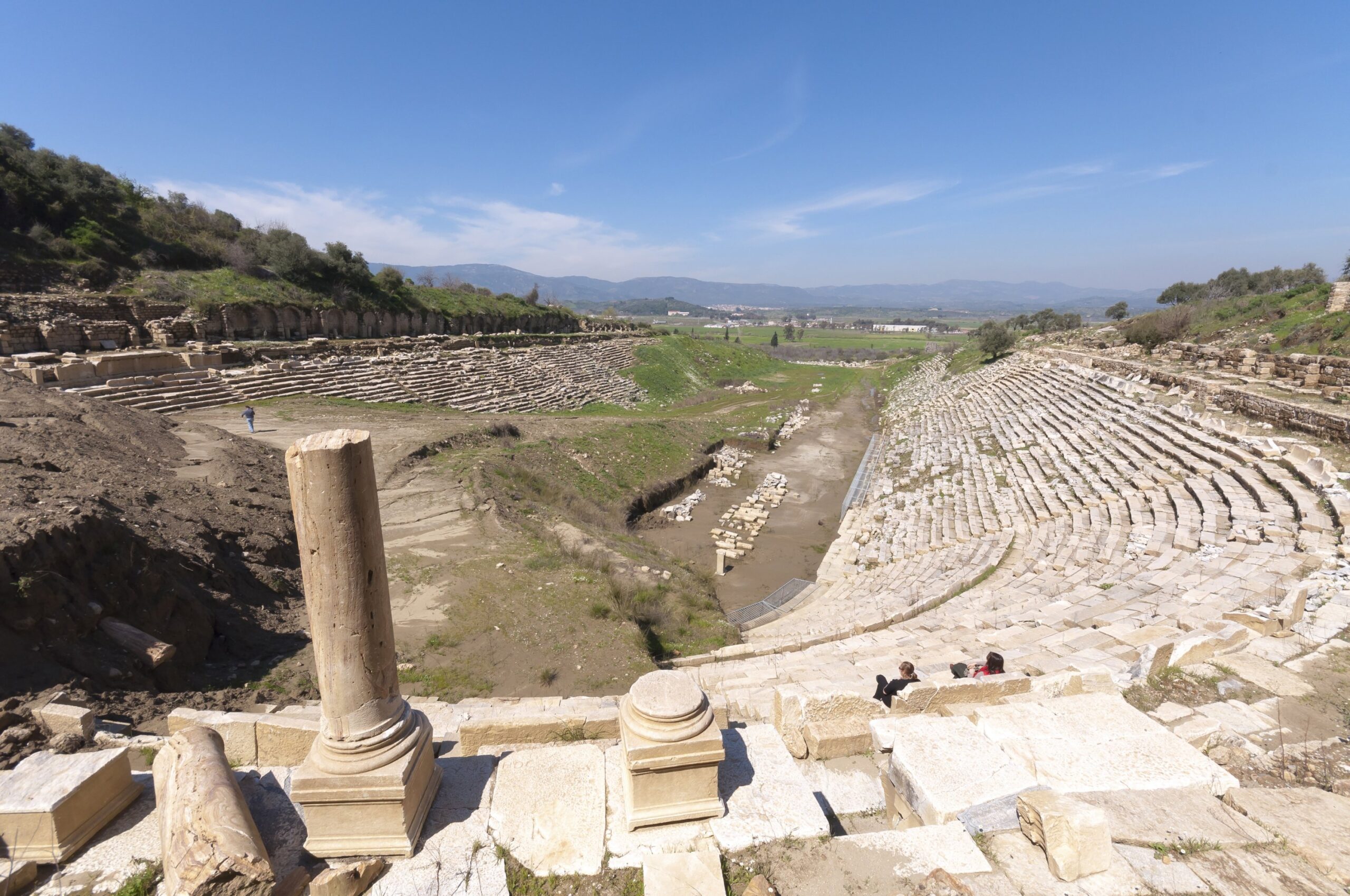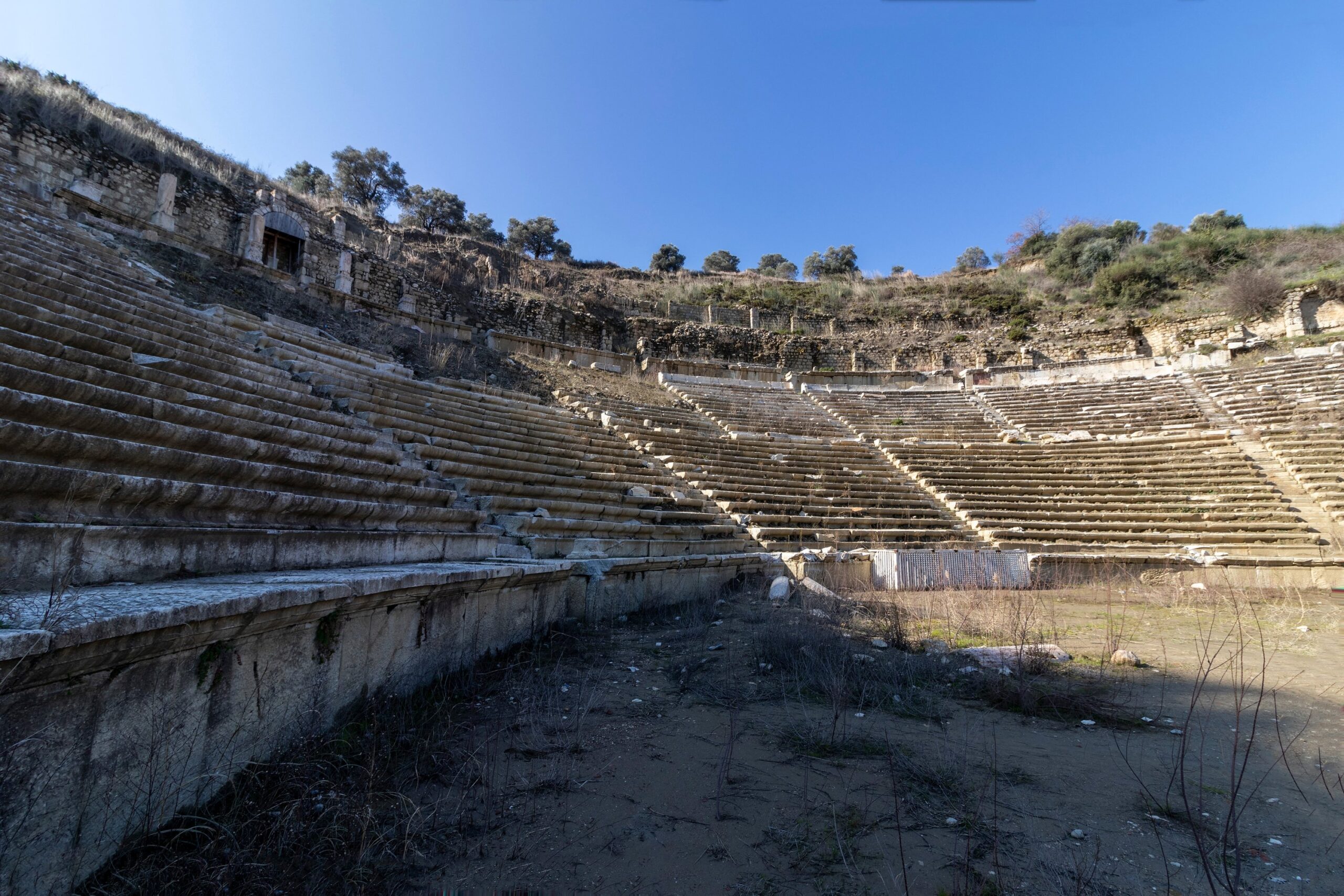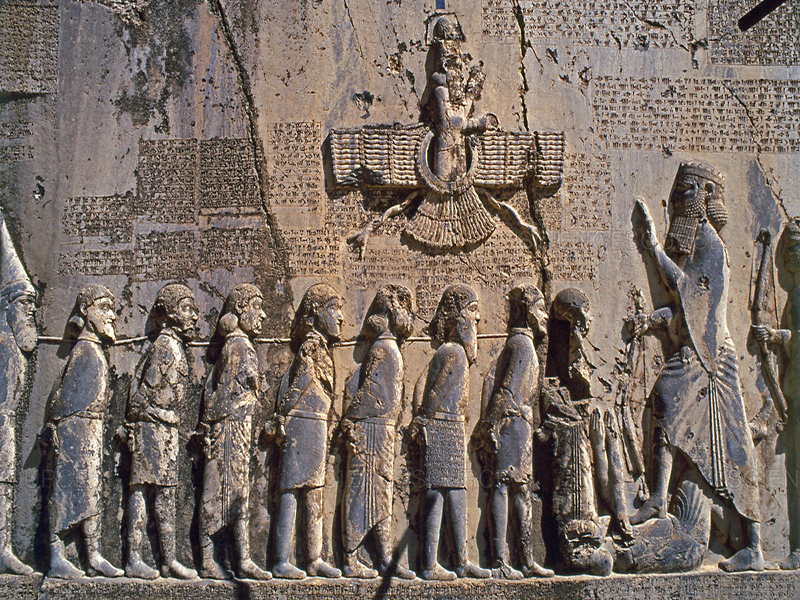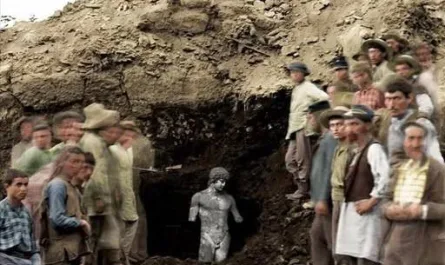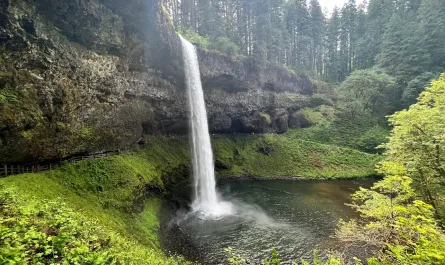A view from the stadium of the ancient city of Magnesia, Aydın, western Turkey, Dec. 2, 2020.
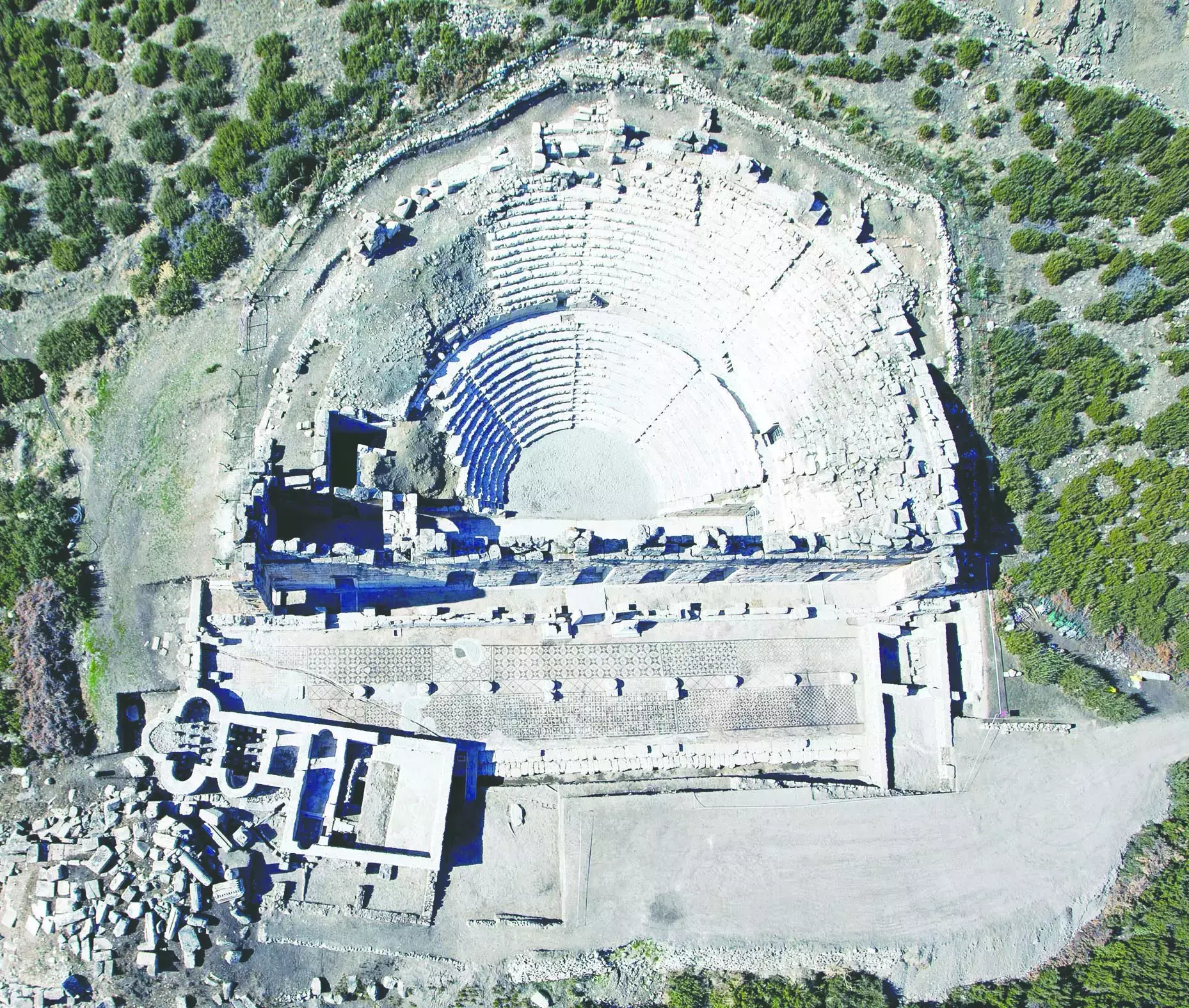
The ancient city of Magnesia, which is located in the Germencik district of Turkey’s western Aydın province, was known as the “city of races” and attracted many visitors due to the plethora of sporting events organized here in antiquity. The ancient city still finds a place for itself on the travel bucket list of many, drawing in visitors with its magnificent stadium where athletic games, gladiatorial fights and chariot races were held in the past.

It is believed that the ancient city of Magnesia was founded by the ancient Greek tribe of Magnetes from Thessaly. Even if the city was named after the Magnetes, it was called Magnesia on the Meander (The Büyük Menderes River) in the later period so that it could be distinguished from the nearby Lydian city Magnesia ad Sipylum (modern day Manisa). Magnesia was located in Ionia, the ancient region on the central part of the western coast of Anatolia. Rumor has it that Magnetes are of Aeolian origin, which prevented their acceptance into the Ionian League.
The first excavations in Magnesia were conducted between 1891 and 1893 by a German archaeological team led by Carl Humann. The work lasted 21 months and partially revealed the theater, the Artemis temple, the agora, the Zeus temple and the prytaneion (a place where government officials would meet). In 1984, excavations were resumed at the site by Orhan Bingöl from Ankara University. Bingöl and his teams have gradually revealed the ancient stadium of the city over many years of work.
